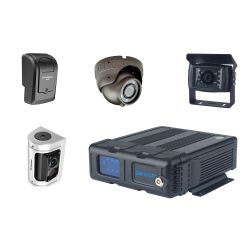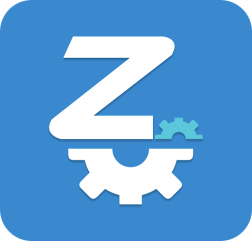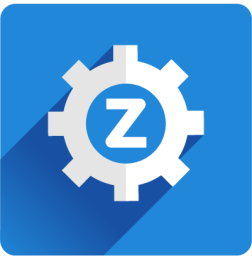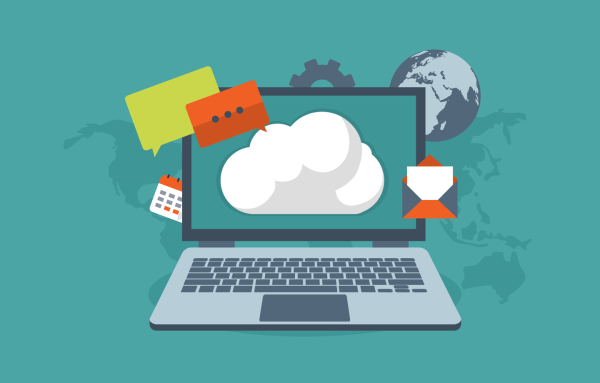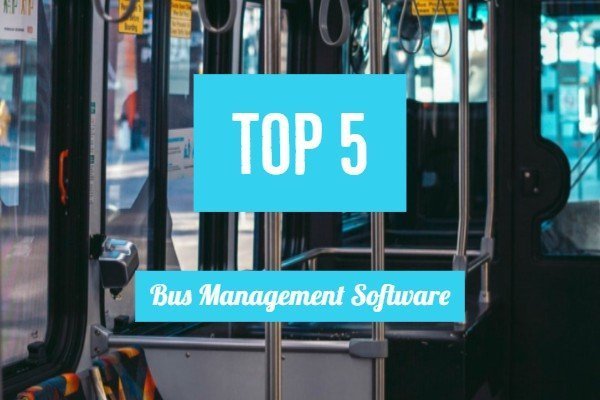
Do you use public transit to get to work? (I do!) If you answered “yes”, then you are part of the public transit wave! In this post, we will discuss the public transit wave and the bus management software wave.
Public Transit Wave
One of the reasons for the growing bus management software industry is because public transit is also growing.
According to a survey, a majority 60% of bus riders say they take the bus because of economy or preference. For instance, some of the reasons include saving fuel & parking money, avoiding driving through traffic, or simply preferring bus rides over other transit.
Bus companies, as a result, are booming. Part of the boom, however, include growing pains such as bus scheduling, customer service, and safety.
Adapting with the Boom: 5 Biggest Bus Management Software
In order to address their growing pains, bus companies are turning towards bus management software to create efficiencies, increase safety, and improve rider experience.
Here is a list of 5 essential bus management software in the industry.
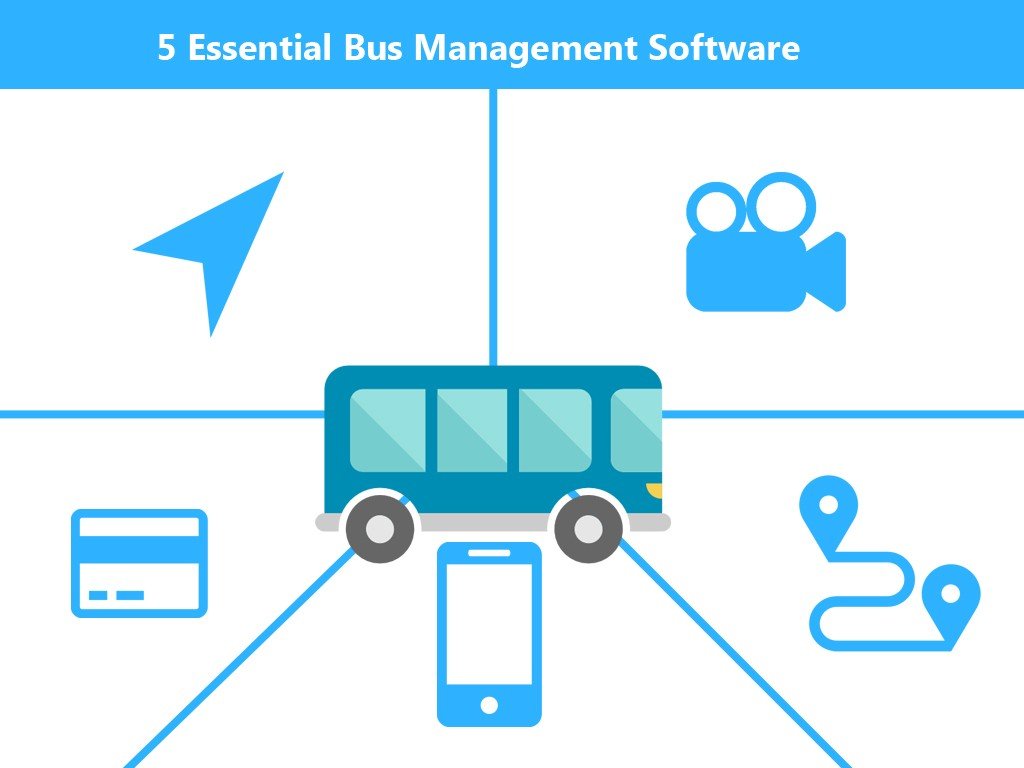
Telematics
Telematics, or vehicle monitoring systems, are probably the most common bus management software. Because bussing is a remote job with high stakes, there is a need to monitor bus operations. Telematics fills this gap by monitoring busses and their drivers.
For example, our partners at Geotab published a case study with the Boys & Girls Clubs of America. After the company installed Geotab tracking devices, drivers realized that they can’t drive their work vehicles like their personal vehicles. As a result, the Boys & Girls Club significantly reduced traffic accidents and incidents.
Bus Cameras
In addition to tracking vehicle data, busses are using cameras. There are two big reasons – preventing liability and promoting safety.
Firstly, cameras prevent liability. Liability prevention is a big topic in bus management because bus companies are legally responsible for all of their commuters. Cameras conveniently fills the gap by collecting incident footages and fighting false claims.
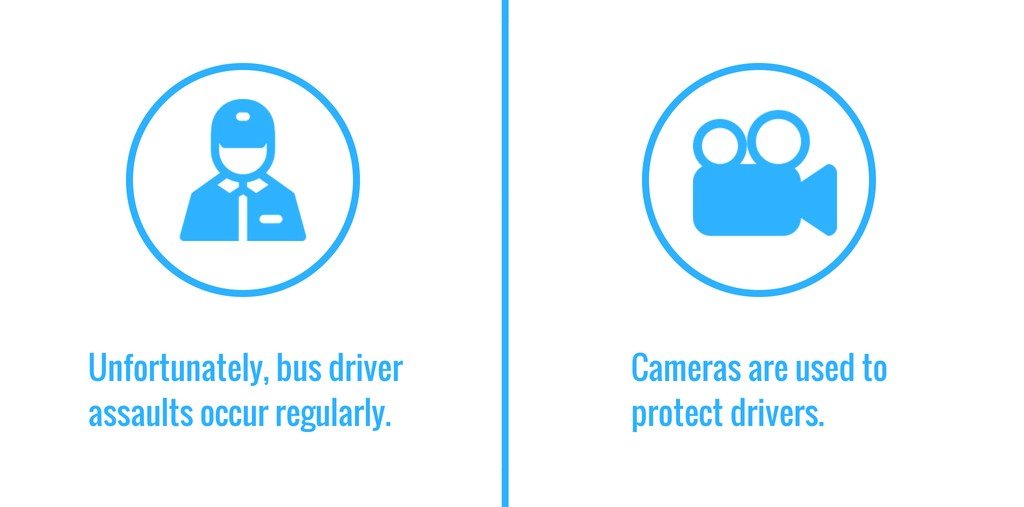
Secondly, cameras promote safety. Unfortunately, it’s not uncommon to hear stories about riders harassing their bus drivers. Cameras are good driver protection tools because they monitor in-bus incidents and deter driver harassment.
Digital Payment
Another trend is using digital payment. Digital payment is replacing traditional payment such as tickets, tokens, or regular cash. For example, busses around the Greater Toronto Area use a smartcard called PRESTO. Since installing PRESTO, bus companies noticed a few efficiencies.
Firstly, busses saved transaction costs. In other words, companies saved money from making tickets and tokens. As well, digital payment reduced fare dodging cases where riders underpaid with coins or lied about their age.
Secondly, busses improved customer experience. Most riders prefer using a smartcard over tokens or tickets because it’s easier to store and convenient to add money.
Passenger Apps
Another recent trend is consumers wanting live information. For instance, most people use a smartphone to look up info on-the-go. In the same way, bus riders expect to get live updates about their commute.
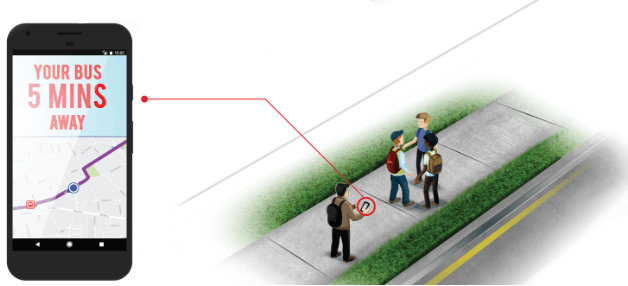
For that reason, many busses have their own rider app to help consumers manage their commute. Some of the most common app features include transit updates and live bus tracking.
Routing Management
Last but not least, dispatching and routing management tools help drivers stay on track. For example, one of my friends told me that their bus driver got lost. It was their first day on the route and they missed a turn. My friend ended up using Google Maps to guide the driver back on their route.
A good routing system would have prevented that story. Some busses have a in-cab navigation map to guide drivers along their route.
Also, beyond helping drivers on day-to-day operations, routing management helps operation planners. The app collects ridership data, which managers use to improve rider experience by reducing overcapacity.


